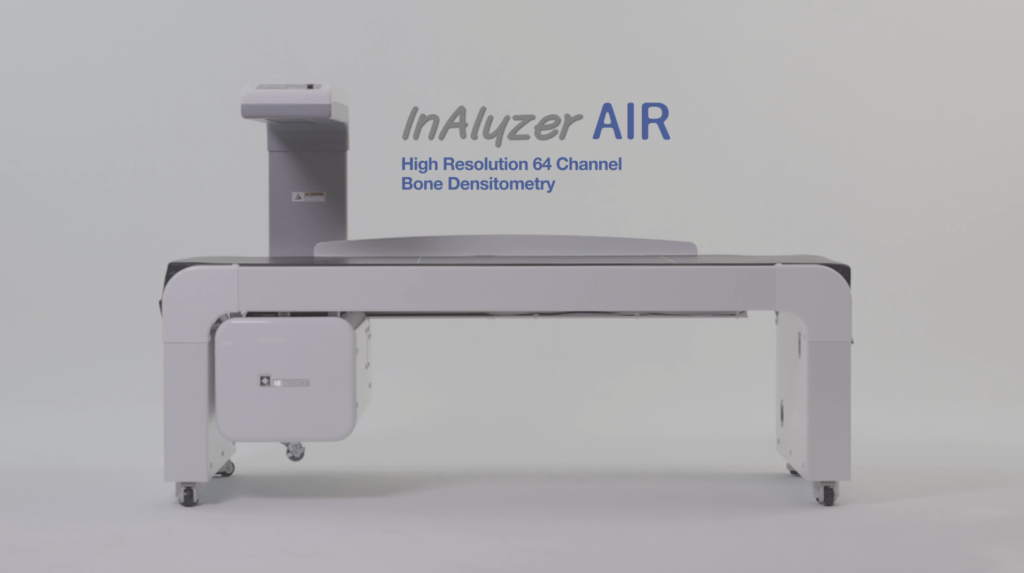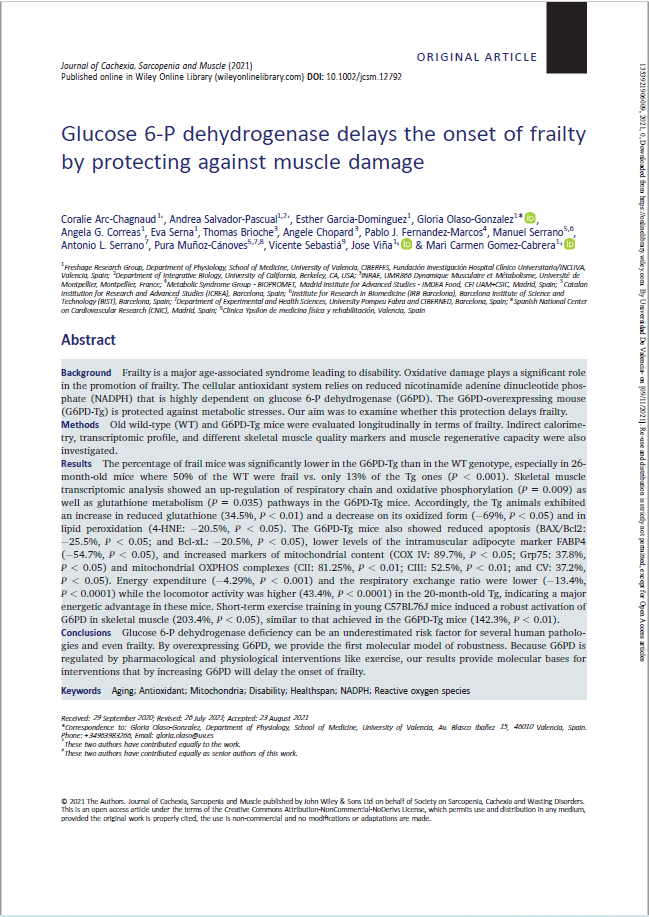
Abstract
Introduction Obesity affects millions of Americans. The vagal nerves convey the degree of stomach fullness to the brain via
afferent visceral fibers. Studies have found that vagal nerve stimulation (VNS) promotes reduced food intake, causes weight
loss, and reduces cravings and appetite.
Methods Here, we evaluate the efficacy of a novel stimulus waveform applied bilaterally to the subdiaphragmatic vagal nerve
stimulation (sVNS) for almost 13 weeks. A stimulating cuff electrode was implanted in obesity-prone Sprague Dawley rats
maintained on a high-fat diet. Body weight, food consumption, and daily movement were tracked over time and compared
against three control groups: sham rats on a high-fat diet that were implanted with non-operational cuffs, rats on a high-fat
diet that were not implanted, and rats on a standard diet that were not implanted.
Results Results showed that rats on a high-fat diet that received sVNS attained a similar weight to rats on a standard diet
due primarily to a reduction in daily caloric intake. Rats on a high-fat diet that received sVNS had significantly less body fat
than other high-fat controls. Rats receiving sVNS also began moving a similar amount to rats on the standard diet.
Conclusion Results from this study suggest that bilateral subdiaphragmatic vagal nerve stimulation can alter the rate of
growth of rats maintained on a high-fat diet through a reduction in daily caloric intake, returning their body weight to that
which is similar to rats on a standard diet over approximately 13 weeks.
Obesity study, Small Animal DXA, InAlyzer









